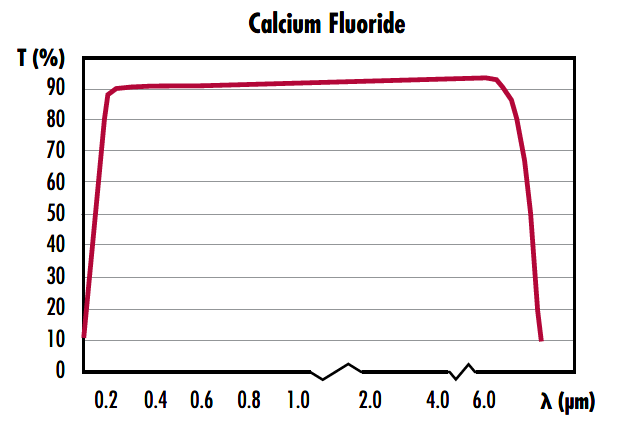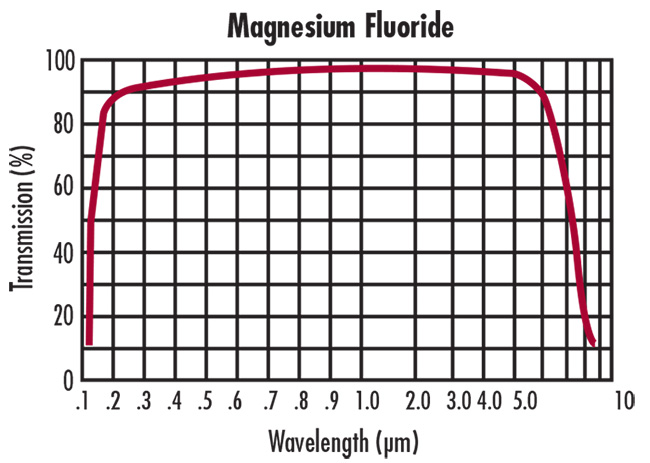Introduction to the role and dosage of “feed saltâ€
The main component of the salt is sodium chloride. The main functions of sodium are:
1. It can maintain the acid-base balance of blood and tissue fluid and regulate the stability of normal osmotic pressure;
2. Stimulate the secretion of saliva and promote the appetite of livestock and poultry.
3. Sodium can promote the synthesis of organic matter such as fat and protein in the metabolic process;
4. Keep the digestive juice alkaline in the intestine, activate amylase, and keep the gastric juice acidic and bactericidal.
What is the role of salt ?
As a flavoring agent, salt can improve the palatability of feed, enhance appetite, help digestion and absorption of nutrients, and improve feed utilization. It is an important mineral in livestock and poultry feed and is essential for life-sustaining activities.
What is the impact of salt deficiency or excess ?
Insufficient salt or salt in the feed can cause loss of appetite, digestive disorders, and development of pica. In severe cases, livestock and poultry are mentally weak, stunted or lose weight. Sows, cows do not eat or eat less salt, milk will be reduced, affecting the healthy growth of piglets and cowboys; the supply of salt in laying hens is insufficient, the weight and egg weight will be reduced, and the number of eggs will be reduced. Not only must there be salt in the feed of livestock and poultry, but also salt in the feed for raising fish, which can prevent intestinal diseases in fish, and increase food intake, which is conducive to fish growth. The content of sodium and chlorine in plant feed is very small, and generally cannot meet the physiological needs of livestock and poultry. Therefore, it is necessary to add salt to the feed.
The supply of salt
The supply of salt should be considered according to the type, weight, production capacity, season, and composition of the livestock. Generally, the amount of salt in the air-dried diet is about 0.5% to 1% for livestock, such as cattle, sheep, and horses, and 0.25% to 0.5% for pigs and poultry, and 0.5% for rabbits. 1% to 3% can be added to the concentrated feed. It is not easy to be poisoned when drinking plenty of water. When the drinking water is restricted or the salt in the saline-alkali area contains salt, it is easy to cause salt poisoning. If the water contains more salt, the salt may not be added to the feed.
When supplementing the salt, in addition to directly mixing in the feed, it can also be used as a carrier to prepare a trace element additive premix. In the areas lacking selenium, copper and zinc, it is also possible to make salt bricks and salt blocks containing sodium selenite, copper sulfate, zinc sulfate or zinc oxide for feeding by grazing livestock, especially in grazing areas. Note that the animal should be allowed to drink enough water after eating. Since salt is highly hygroscopic, deliquescence starts when the relative humidity is 75% or more, and the salt as a carrier must maintain a water content of 0.5% or less and be properly stored.
Windows are desiged for use in optical systems to separate two enviroments while passing a particular spectral range between them.Applications include laser set-ups (e.g.at Brewster's angle),emitter,detector protection devices, such as in sepctrophotometers and imaging systems.
China Star Optics offers all types of windows made from different materials. Such as N-BK7, Fused silica, sapphire,CaF2, Silicon, Borofloat, high borosilicate glass and other optical glass supplied by Schott and Chinese CDGM are available upon request. Windows at shape of round,quadrate, triangular or other polygonal are also available upon request.In addition, we provide a variety of single layer or multiplayer anti-reflecting coating,HR,PR coatings on Optical Windows.



Specification of our optical windows as follow:
*Material:high borosilicate glass, BK7,UV-grade fused silica (JGS1) or other optical crystals materials
*Length tolerance:+/-0.01
*Width tolerance:+/-0.01
*Center thickness tolerance:0.005mm
*Surface quality:80-50 to 10-5 Scratch/Dig
*Surface flatness:<lambda to lambda/20
*Parallelism<=1min -- 2sec
*Clear Apenture:80% -- 100%
Infrared Window,Zinc Selenide Windows,Znse Wedged Window,Zinc Selenide Laser Window
China Star Optics Technology Co.,Ltd. , https://www.opticsrealpoo.com